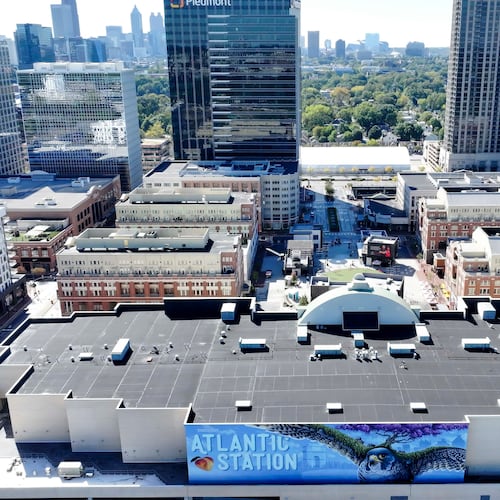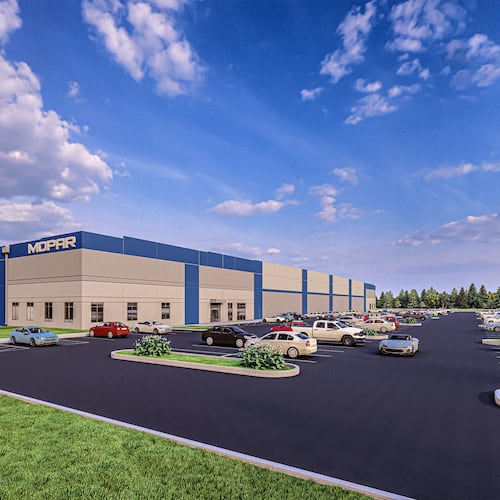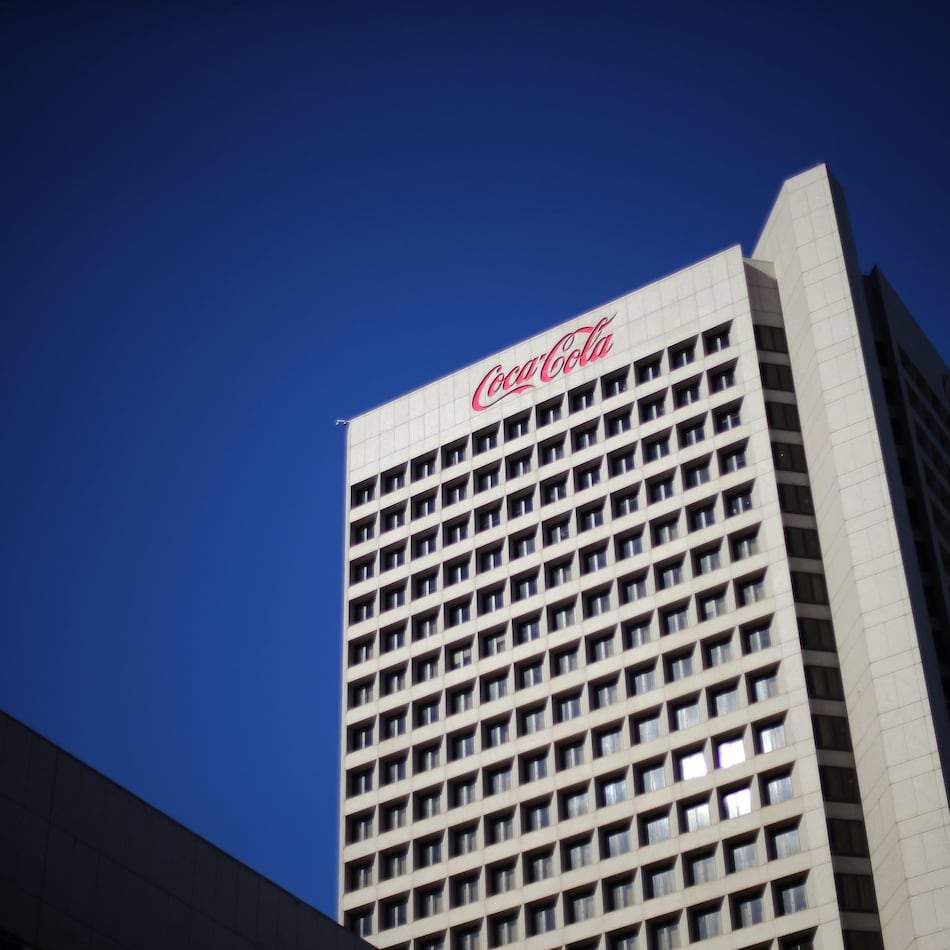Not long ago, executives at PepsiCo concluded that Gatorade was in trouble. Everybody knew the name, of course, and enough people drank the stuff to make it one of the company’s biggest brands.
But Gatorade, born as an odd-tasting elixir for University of Florida football players, had grown so big and wide that it risked losing its sports-drink identity. And in 2009, sales dropped.
PepsiCo CEO Indra Nooyi believed the company made a mistake by treating Gatorade like a “social beverage” instead of a tool for athletes. As another top executive put it, Gatorade was not designed to be consumed on a couch.
The new plan: re-focus on athletes with spin-off products ranging from specialty versions of the basic drink to pouches of liquid that look like gels used by triathletes and marathoners. The marketing campaign for the new Gatorade family is in full tilt.
“We had to remake it,” Nooyi said recently at a Beverage Digest conference in Manhattan. “We had some hiccups, but the brand is now on sustained growth. We’re going to stay the course.”
But Nooyi and her lieutenants should keep their eye on the challenger from Atlanta. Coca-Cola Co. has convinced lots of athletes to try its Powerade brand, which has steadily chipped away at Gatorade’s huge market share lead over the years and is on a serious roll of late, partly because of the rapid rise of a zero-calorie variety.
The Gatorade-Powerade faceoff has turned gyms, ball fields, basketball courts and running trails into a marketing battlefield. The two rivals have ambitious plans for their sports drinks.
PepsiCo rolled out a bevy of Gatorade offshoots in the past year including protein drinks, nutrition bars and other products for before, during and after workouts. Gatorade Recover, for example, is marketed as a carbohydrate and protein drink for post-workout muscle recovery and competes with protein drinks such as Muscle Milk.
Gatorade Prime is a a four-ounce pouch of thick liquid marketed as pre-game fuel. The company says researchers noticed that basketball players packed bananas into gym bags, but the fruit often got reduced to a gooey mess. They may also have noticed a boomlet in the market for energy gels.
“There’s so much runway for us as a brand to improve upon the products,” said Sarah Robb O’Hagan, Gatorade’s chief marketing officer. “Athletes are just begging us to do more for them.”
That definition of athlete includes the elite tier, but also other people “who have some level of physical activity woven into their lifestyle,” said Gerry Khermouch, editor of Beverage Business Insights.
Powerade has not launched nearly as many specialty lines as Gatorade, but it is not standing still. It plans to launch a new advertising campaign with basketball star Chris Paul, as well as a new fruit punch flavor for Powerade Zero, said Carolyne Guss, senior brand manager. Powerade has replaced Vitaminwater on the sidelines of 88 NCAA non-football championships, including baseball and basketball, giving it wide-ranging marketing rights.
For good measure, Coca-Cola hired Bob Murray, former director of the Gatorade Sports Science Institute, as a consultant to Powerade’s brand managers and R&D teams.
Powerade’s sales were up 32 percent in the third quarter of 2010, and its market share jumped past 27 percent for the first nine months of 2010, according to data from Beverage Digest that does not include fountain sales or club stores such as Wal-Mart. That is on pace to be an all-time annual high for the brand, which Coca-Cola launched in 1990.
Between 2000 and 2009, Powerade’s sales nearly tripled, from 63 million cases to 177 million cases, according to Beverage Digest. The brand’s market share rose from 15.3 percent to 19 percent in that span.
Gatorade remains dominant, however, with sales of 553 million cases last year.
As with all beverages, some of the battle plays out on store shelves, as retailers debate how much space to give to competing products. On a tour last year of Atlanta-area stores, a team from bottler Coca-Cola Enterprises pointed out a success: a Kroger aisle where shelf space was more or less evenly divided between Powerade and Gatorade.
Powerade, said analyst Caroline Levy, has achieved “critical mass.”
One reason: it is typically cheaper than Gatorade. On average, Gatorade sells for $8.95 per 192-ounce case, according to Beverage Digest. Powerade retails for about $2 less per case.
But Coca-Cola executives say price is not the most important factor. They say it’s gotten a big lift from the introduction of Powerade Zero, which posted an 84 percent increase in third-quarter sales.
PepsiCo has declined to compete directly with Powerade Zero, arguing that sports drinks need calories and carbohydrates, by definition.
Marty Mercer still remembers drinking orange Gatorade from glass bottles as a kid growing up in Tampa, Fl. But the sales and public-speaking coach in Buckhead now prefers Powerade for weekly bike rides and spin classes.
“Powerade seems crisper,” said Mercer, 52. “But I couldn’t tell you if one is physiologically better than the other.”
William Augustin, on the other hand, prefers Gatorade and is the kind of athlete both brands covet. He played football at Morehouse College and in a semi-pro league. When the 29-year old runs and lifts weights, he hits it “pretty hard” and doesn’t slack around.
“Powerade is good stuff, but I just prefer Gatorade,” he said. “Different things work for different people.”
Gatorade spent about $95 million on measured advertising in the first nine months of 2010 — five times more than the $18.7 Coca-Cola spent on Powerade, according to Kantar Media. In 2008 and 2009, Gatorade outspent Powerade more than 10-to-1.
Powerade has its share of prominent partnerships, including with last year’s World Cup in South Africa. But with a smaller budget, it emphasizes lower-profile partnerships with Pop Warner football and Little League. The brand has marketing relationships with more than 200 colleges and universities, including the University of Georgia, Georgia Tech, Florida State University.
Powerade’s field marketing teams go to high school and college games, local basketball courts, parks and recreation league games to encourage people to sample the product. The “point of sweat” approach is an efficient way to market the drink, Guss said.
“It’s really about wanting to be closer to the consumer,” she said. “It’s important for us to be on the sidelines, on the court.”
Underlying the rivalry is a rich irony: Ten years ago last month, Coca-Cola balked at on a nearly-completed deal to buy Gatorade. After the deal fell apart — reportedly owing to the hesitance of Coca-Cola board member Warren Buffett — PepsiCo swooped in and purchased Gatorade parent Quaker Oats for $13.4 billion.
“Gatorade is a gem of a brand and I think it did enhance PepsiCo’s portfolio, and it would have enhanced Coke’s portfolio,” said John Sicher, editor of Beverage Digest. “I think Coke has done a very good job with Powerade over the last decade. But Gatorade is still a huge and powerful brand which dominates the sports drink category.”
About the Author
Keep Reading
The Latest
Featured


